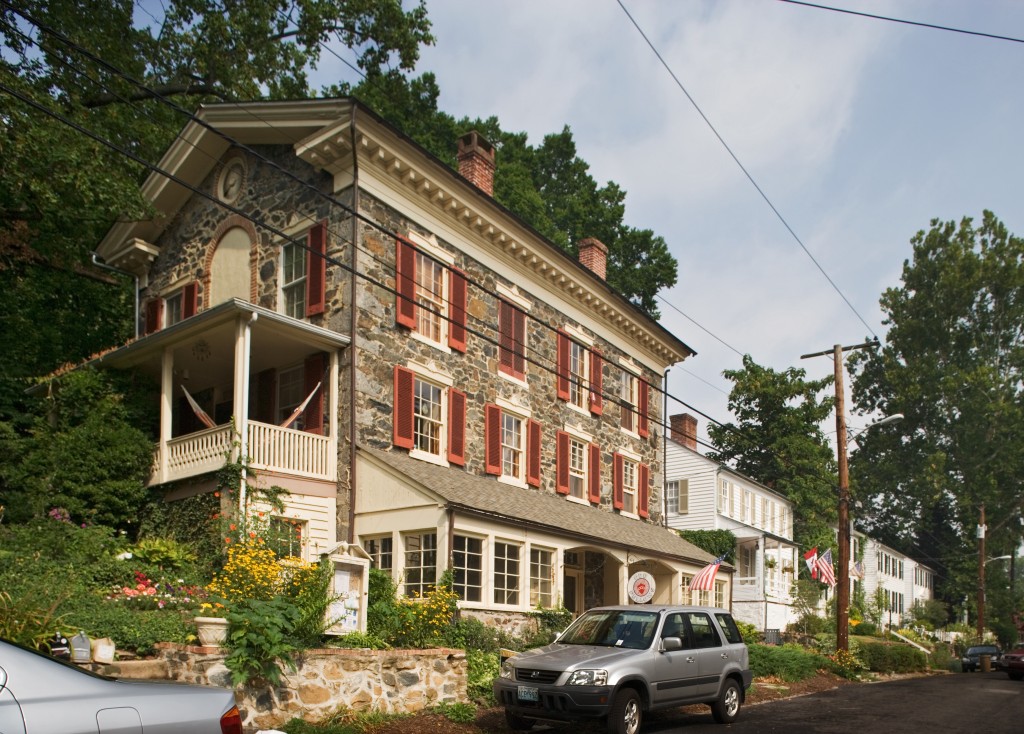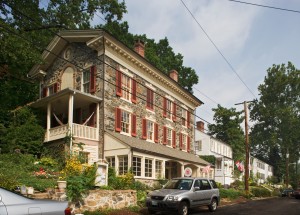Baltimore is full of compelling historic sites, buildings, and neighborhoods each with dedicated people working hard for their preservation. To support these people and their projects, Baltimore Heritage will distribute four small grants during a “we the people” Preservation Pitch Party. Supporters of eight preservation projects around Baltimore City will get three minutes to pitch their project and at the end, the crowd will decide which ideas to award. We hope you can join us to contribute your vote!
Last month we asked for preservation groups to submit ideas for projects to fund. We whittled the excellent submissions own to a final group of eight. Of those eight proposals, two $500 grants and two $250 grants will be distributed at the pitch party. Below is list of the eight finalists:
- Baltimore Immigration Museum is seeking funds for work that needs to be done on their building, including the partial re-pointing and repair of the brick facade around the entry door in order to prevent future water infiltration into the structure.
- Friends of St. Vincent Cemetery in Clifton Park seeks funds to pay for weed and brush removal tools, wheelbarrows, and work gloves to assist with their work cleaning and restoring this abandoned but no longer forgotten 5.3 acre cemetery.
- The Herring Run Archaeology Project is looking for funds to continue their work in 2017. The group works in Northeast Baltimore identifying and excavating previously unknown archaeological sites in Baltimore’s Herring Run Park with neighbors and community schools.
- Irish Railroad Workers Museum requests funds to help promote and increase an audience for their “Second and Fourth Saturdays Presentations” for 2017.
- Taylor’s Chapel asks for money to restore historic frescos believed to be painted by Constantino Brumidi, who painted the frescoes in the US Capitol building.
- Friends of Gwynns Falls/Leakin Park is looking to fund an independent assessment from expert consultants to determine the feasibility of the stabilization or restoration of two historic field stone structures (ca.1858) in Winans Meadow in Leakin Park.
- G. Krug & Son Ironworks Museum seeks funds to help market their 2016 Holidays at Krug, an annual winter event that allows the public to experience the entirety of the 206-year old blacksmith shop.
- The Market Center Merchants Association wants funding for the Market Center History Day Celebration to bring students in for a tour and discussion of historic sites in around Lexington Market.
The pitch party takes place on Friday, October 21, 2016 from 5:00 to 7:00 pm at the Baltimore Immigration Museum, immediately after the conclusion of Baltimore Heritage’s 2016 Bmore Historic Conference. Please join us and cast your vote and hear about great preservation ideas in Baltimore. The pitch party is free and will include a wine and cheese reception. Space is limited to 75. Reserve your seat at the pitch party today!
For questions, please contact Johns Hopkins at 410-332-9992 or hopkins@baltimoreheritage.org.



